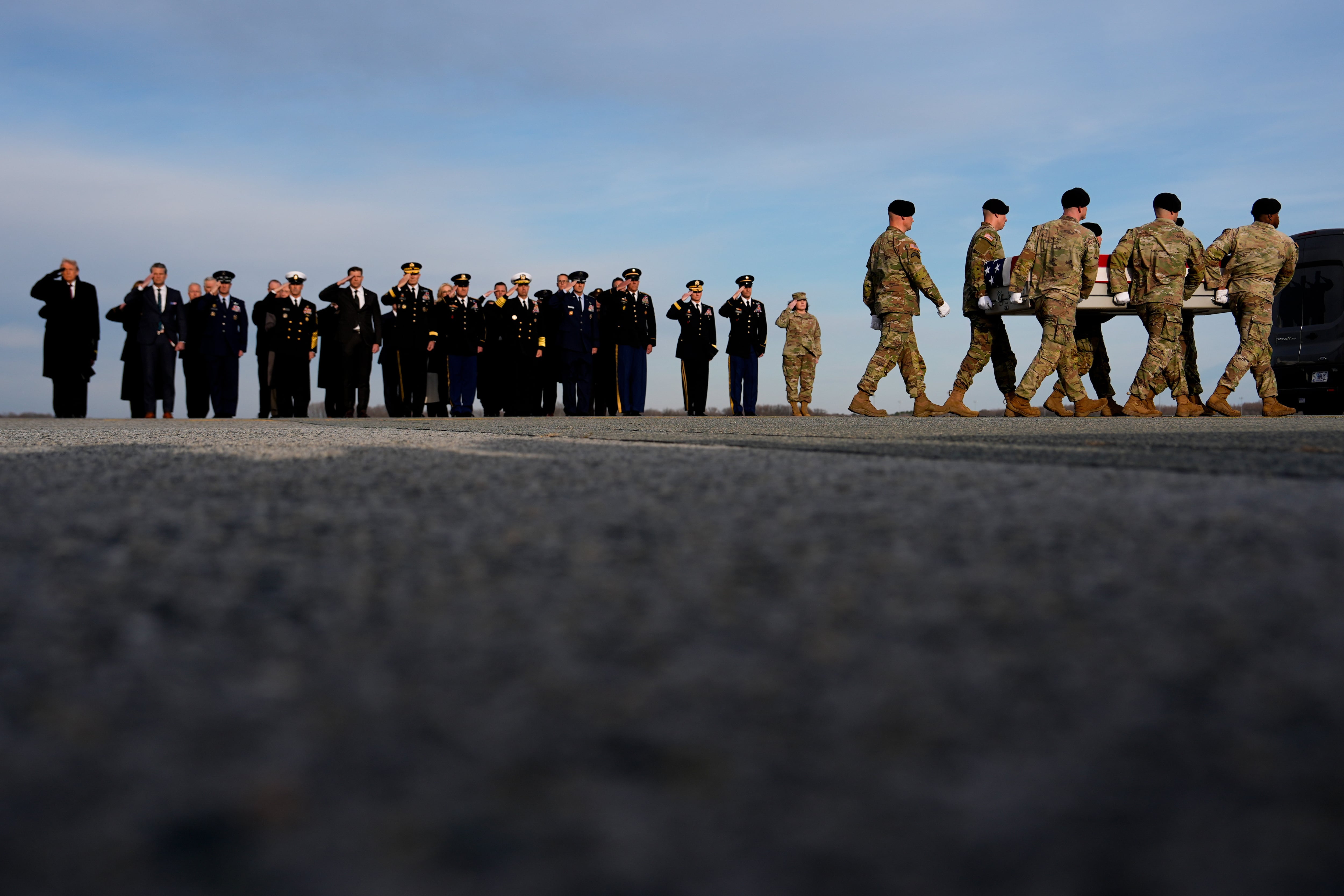A new method improves the accuracy of predicting how much energy troops use while walking, which may soon help ease their load.
Researchers at Southern Methodist University started looking into the effects of a long march and heavy load as part of a load carriage initiative by the U.S. Army Medical Research and Materiel Command.
Peter Weyand, a biomechanist and physiologist at SMU, said the goal is to help ease the problems of over-burdened soldiers.
The new equation builds off two existing methods that predict how much energy will be used by calculating the walking speed, grade and the total load supported against gravity — body weight plus any carried load.
The American College of Sports Medicine standard tests speed and uphill grades with a formula based on data from three people. The other standard, known as Pandolf, is frequently used by the military and relies on data from six soldiers.
Weyand’s team developed a new algorithm — from data based on 32 adults — with three variables:
- Breadth of application: Downhill conditions are included.
- Accuracy: There’s roughly one-half the predictive error of the traditional approaches.
- Understanding: Scientific understanding of the deterministic factors is quantified more accurately and directly in the new work.
“One aspect of the new work that made advances possible was the scope of the data collection which, to the best of our knowledge, is the largest human walking metabolism database compiled to date,” Weyand said.
He added that the two previous methods used fewer individuals, which makes accurate conclusions harder to find due to the smaller sample population.
Weyand and his team started their research about four years ago — he said the data collection alone required more than a year and a half to complete.
The 32 adults were tested individually under 90 different speed-grade and load conditions on treadmills at SMU. They walked on a treadmill for dozens of trials that lasted five minutes each as the researchers determined the rate at which each subject was burning energy.
“Because foot soldiers spend considerable amounts of time walking, both with and without loads, the ability to predict the rate at which the body is burning chemical energy is of paramount importance,” Weyand said.
Understanding how these physiological variables change in real time or will change in projected missions via modeling is important for evaluating caloric requirements, risk of overheating, fatigue and mission success, he said.
The team is validating the algorithm by taking it out of the lab and into the field on different terrain and grades using GPS units and portable metabolic measuring devices, Weyand said.
William Santee, a biophysical researcher at U.S. Army Medical Research and Materiel Command, said the modeling of energy costs is an important part of the U.S. Army Research Institute of Environmental Medicine’s efforts to enable the Army to estimate heat load, work rates and speed of movement for mission planning.
“And an important feature of the SMU equation is that it incorporates level, uphill load carriage, and downhill load carriage into a single equation,” Santee said via email. “Most load carriage models do not address downhill load carriage … it’s important to include both up and downhill load carriage, as, after all, if you climb up a mountain, hopefully someday you’ll also come back down.”
Charlsy is a Reporter and Engagement Manager for Military Times. Email her at cpanzino@militarytimes.com.





